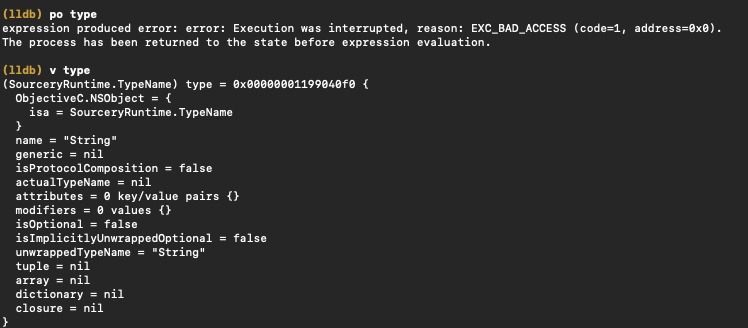Sometimes debugging in Xcode can be more subtle than it appears at first glance. One subtlety is choosing between using v/vo, which is the alias for frame variable. Another option is using the more traditional po/p commands in LLDB. Apple added v back in Xcode 10.2+ and it often turns out to be a more efficient, reliable approach for retrieving information during a debug session.
By relying on the low-level frame variable mechanism, v avoids the overhead. It doesn’t create a persistent variable in LLDB’s memory. This can happen when you use p/po.
This difference matters. In Swift, po/p effectively retain the value for the entire debugging session. This leads to the potential for memory usage spikes. It can also result in retained references that mask issues like strong reference cycles.
When you’re investigating memory problems or chasing down performance bottlenecks, using v or vo is less likely to distort your snapshot. It gives a more accurate picture of what’s really going on in memory. It is worth noting, though, that v/vo only work seamlessly for stored properties. If you need to inspect computed or lazy properties, you will have to switch back to po/p. Still, for day-to-day debugging of most variables in Swift, v/vo is a solid way to maintain accuracy. This method avoids introducing side effects that might complicate your debugging process.

